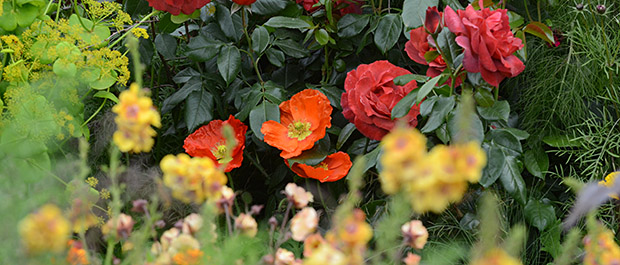
There was plenty to celebrate at Chelsea Flower Show 2017 as Hampshire horticulturalists showcased their talents.
View photos of Chelsea Flower Show 2017
Show Gardens
Hortus Loci is again growing for some of top Show Garden designers including:
The Royal Bank of Canada Garden by debut designer Charlotte Harris and her all-female design team.
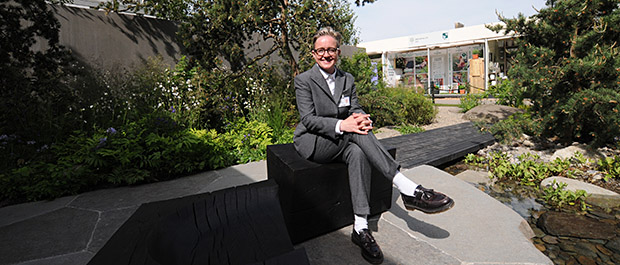
The garden is inspired by the geographically vast and ecologically vital Boreal forests and freshwater lakes of Canada. Stretching from Alberta to Newfoundland, the habitat provides many of the images of exposed bedrock, endless forests, rushing rivers and broad wetlands that characterise the image that much of the world has of Canada.
Taking the geology and planting of the Boreal as key influences, it seeks to celebrate the tenth year of the RBC BlueWater project. The designer chose a Canadian habitat as the inspiration for the garden, as 2017 also celebrates the 150 anniversary of the Confederation of Canada.
The garden seeks not to recreate the habitat but rather to create a space inspired by it. Key features are planting and materials either found in the region, or reminiscent of it.
The Canadian Boreal, one of the last of the old growth forests, is perhaps the largest forest on earth. Its vast waterways make up 25% of the world’s freshwater wetlands, storing twice as much carbon per acre as tropical rainforests. It is this landscape that has inspired the garden.
Planting/Colour Scheme
The theme of the planting is led by the look and feel of the Canadian Boreal. Trees, shrubs and plant choices are influenced by the habitat. Some are native; others are more readily available European alternatives, or plants with a similar feel.
Pines, larches and birch are the trees, with a natural-feel shrub understorey. Part shady woodland perennials to the rear of the garden give way to sunny planting reminiscent of that found along the rocky lake and river edges of the Boreal. Very hardy choices in recreations of foreign ecosystem.
Medal: Gold
Breaking Ground by Andrew Wilson & Gavin McWilliam
Medal: Gold
Design duo Andrew Wilson and Gavin McWilliam with ‘Breaking Ground’ celebrate the work of Wellington College, and will re-create the endangered heathland in Berkshire where the college is situated. This natural habitat has declined by 97% since 1800.

The garden is inspired by the ambitions of Wellington College staff to become the ultimate free school, and explores the concepts of progress and evolution, with thought patterns and the breaking down of barriers in public school education represented as disappearing walls.
Heathland planting communities relate to the College’s location and its establishment on unpromising open heath. Tall, sculptural but transparent walls (barriers) in an open steel framework run through the garden connecting the various elements and materials. Water echoes this flow in the main pool or in rills running below the wall structures.
Connectivity in the garden between forms and patterns is key, inspired partly by neuron and synapse connections and fundamental to education and learning. Neurons transmit information via electrical or chemical signals, explosive moments as they cross the synapses.
Heathland is featured as a key habitat which is currently more endangered than rain forest. Some of this habitat runs through the estate at Wellington College and is typical of this area of Berkshire.
Planting/Colour Scheme
Use of plants with explosive or open umbel forms such as Laser trilobum and the main colour themes through the garden will lie in the blue spectrum. Young pines and birch will show heathland regeneration and it is hopes to include one or two rare perennial species within the planting framework. Use of natives and heathers support biodiversity and aims of Greening Grey Britain.
Artisan Gardens
Hortus Loci are also growing for ‘The Seedlip Garden’ by Dr Catherine MacDonald, who returns for her second solo year, and the Commonwealth War Graves Commission: Centenary Garden by David Domoney. The Seedlip Garden was awarded Gold and the Commonwealth War Graves Comission: Centenary Garden was awarded Silver.
The Seedlip Garden is a conceptual garden, inspired by the story of Seedlip, the world’s first non-alcoholic spirits company. It is a celebration of alchemy: the medieval forerunner to chemistry and perceived as the magical process of producing a universal elixir. Here 17th Century apothecary meets modern laboratory.
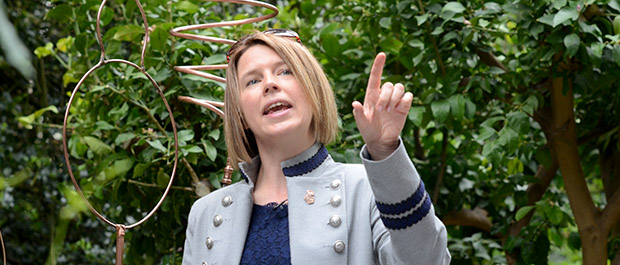
A lightweight metal and oak structure, with copper detailing, represents a building housing laboratory style benches from these respective eras.
Copper pipe-work and channels carry water through the garden: a nod to the importance of both copper and water in the process of distillation.
A central abstract copper sculpture depicts the journey of Seedlip’s founder from the book, ‘The Art of Distillation’ published in 1651 that documented nonalcoholic herbal remedies, through the ages of distillation and his family’s 300 year farming legacy to the invention of the world’s first distilled non-alcoholic spirit.
Planting/Colour Scheme
The garden’s planting palette is influenced by plants listed in the influential 17th century book, ingredients used and grown by Seedlip, species relevant to modern or herbal medicine and species that suit the Seedlip colour scheme of grey, green and copper e.g. Artemisia abrotanum, Baptisia ‘Cherries Jubilee’, Calendula officinalis, Digitalis laevigata, Euphorbia griffithii ‘Dixter’ and Papaver triniifolium.
Commonwealth War Graves Commission: Centenary Garden by David Domoney
The Centenary Garden is accessed through an imposing circular arch. Portland stone steps lead to a raised platform offering a view over the garden as a whole. To the front are multistemmed trees, the canopy of which provides an area for quiet contemplation. Globe-headed flowers nestled in the floral landscape of silver, mauve and blue hues remind us of fallen soldiers. Inside the garden visitors can see their reflection along the garden walls. The two statues standing guard have been recycled from the CWGC Portsmouth Naval Memorial.
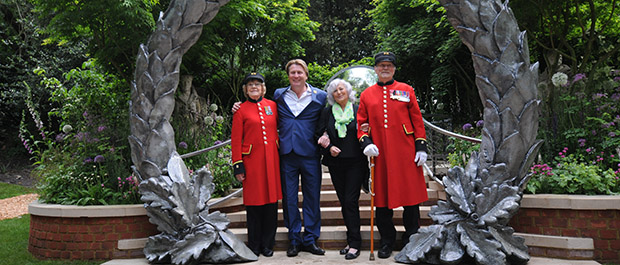
In 2017 the Commonwealth War Graves Commission (CWGC) celebrates 100 years since its foundation by Royal Charter. The CWGC continues to care for 1.7 million war dead in more than 150 countries. A visit to a CWGC cemetery often has a strong impact, leaving a lasting impression, as each person contemplates the enormity of the lives lost and gains an appreciation of the freedoms that today’s generations enjoy.
Planting/Colour Scheme
The use of clear, multi-stemmed trees mean that the garden can be easily seen from the front (through the stems). However, when you are on the raised platform, their upper canopy gives you a feeling of being privately enclosed in the garden. On the ground, large plants such as phormiums, Fatsia, Pittosporum etc. aim to give texture and structure, while globeheaded flowers such as alliums, Armeria and others spread throughout the garden, representing the fallen soldiers themselves. The garden will enjoy hues of silver, blue, mauve, purple, pink and white.
Viking Cruises Garden of Inspiration
Medal: Gold
Winner of 13 RHS Gold medals, Hampshire designer Sarah Eberle is following the Mediterranean theme with the ‘Viking Cruises Garden of Inspiration’ which will feature date palms, citrus and succulents, and is based on the distinctive work of architect Antoni Gaudí, best known for the unfinished Sagrada Familia that dominates the Barcelona skyline.
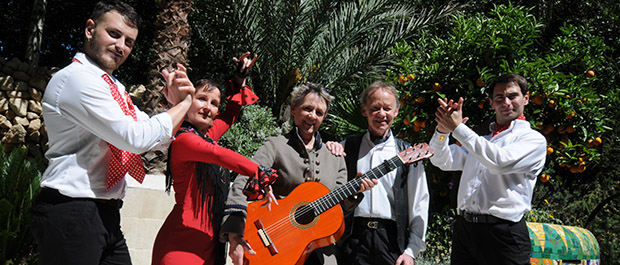
RHS Greening Grey Britain
Professor Nigel Dunnett, who created the wildflower meadow for the London Queen Elizabeth Olympic Park in 2012, is the designer of the 2017 RHS Greening Grey Britain Garden. Set within an urban context of high-rise and apartment developments, Nigel will demonstrate and celebrate the multiple benefits of plants and gardens in even the smallest of areas, and provide a vision for the future development and use of private, communal and social spaces in the places where we live. Hortus Loci will be supplying the plants.
Read how the RHS Greening Grey Britain Garden 2017 is set to provide a vision for the future
BBC Radio 2 Feel Good Gardens
The five gardens show how plants can enrich and indulge one of the five senses – touch, taste, smell, sight and sound.
The gardens also celebrate BBC Radio 2’s fiftieth anniversary and are named after different BBC Radio 2 Presenters. On Monday 22 May Chris Evans will do an outside broadcast from the RHS Chelsea Flower Show from 0630-0930.
The five BBC Radio 2 Feel Good Gardens are:
The Chris Evans Taste Garden is designed by Jon Wheatley, who has asked friend of the Radio 2 breakfast show, Mary Berry, to help celebrate the tastiest plants growing in UK gardens, by growers on allotments and in many communities. Plants that excite and stimulate your palate and enhance your lifestyle and health and well-being feature in this garden.
The Jo Whiley Scent Garden is designed by Tamara Bridge, 2015 RHS Young Designer of the Year, and Kate Savill. Tamara and Kate have asked fragrance designer Jo Malone to help create the garden, which will include aromas that transport you to a time or place such as woodland walks, rain on warm paving, fresh earth and new leaf growth, or freshly cut flowers from the garden. Both Jo Malone and Jo Whiley will visit the show in the build to help with planting.
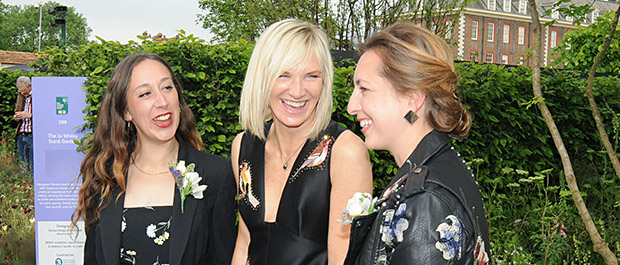
The Anneka Rice Colour Cutting Garden is designed by Sarah Raven. Every square inch of space will give you flowers, flowers and more flowers. Sarah Raven has enlisted the help of one of the UK’s best known interior designers, Tricia Guild OBE, as they share a passion for colour and Tricia is renowned for the use of colour in her designs. It is a profusion of colour that will be an amazing sight and concentrates on plants that cut and come out again. Gold, the colour for 50th Wedding Anniversaries, features in this garden to celebrate 50 years of Radio 2.
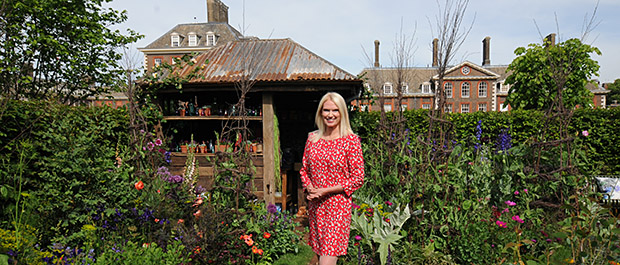
The Jeremy Vine Texture Garden is designed by Matt Keightley and is an immersive tactile garden that features bold geometric forms juxtaposed with a soft and elegant planting pallet. Varying material finishes and planting structure seemingly evolves through the space to create a garden people want to interact and relax in.
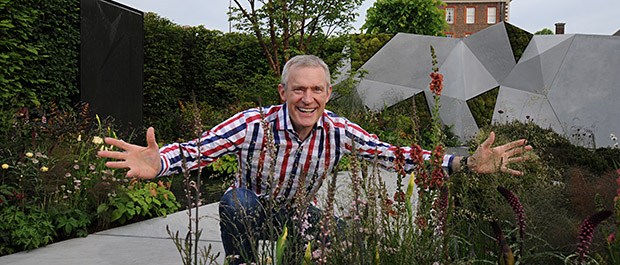
The Zoe Ball Listening Garden, designed by James Alexander-Sinclair aims to reproduce the feeling when you stand too close to a speaker stack at a concert; the sensation of feeling music through your whole body. Whilst you can’t hear the sound of music at the garden, it will be visible in water patterns in water features and felt through the floor. The music will be from the last 50 years of Radio 2.
The BBC Radio 2 Feel Good Gardens are half the size of the big Show Gardens and will have the backdrop of the Royal Hospital Chelsea.
Hortus Loci supplied the plants for all but the Chris Evans garden.
Floral Marquee
The ‘Hillier’s Spring’ garden, designed by Sarah Eberle, brings together the word in all its meanings. From seasonality and the anticipation of the first growth, foliage and flower; to a sense of movement and dynamism, all fuelled with a spirit of excitement and simple pleasures.
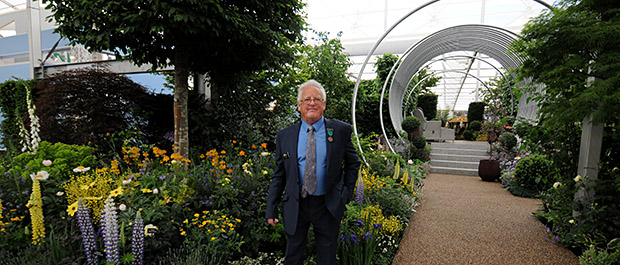
Hillier Nurseries
Based: Romsey
Medal: Gold
Site Number: GPE162
Trees, shrubs, climbers & herbaceous plants
Hampshire Carnivorous Plants
Based: Southampton
Medal: Gold
Site Number: GPB139
Carnivorous plants from around the world. They will be supplying Drosera Anglica for the Breaking Ground garden.
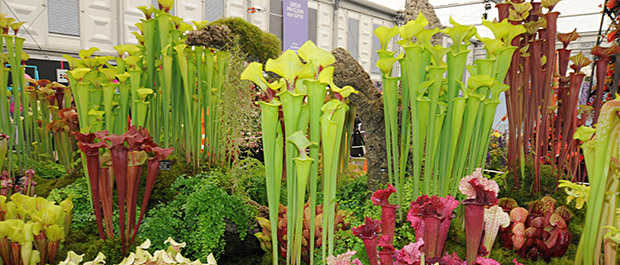
Palms-Exotics Ltd
Based: Romsey
Medal: Gold
Site Number: GPA108
Palm trees, agaves, Dasylirion & Yucca plants
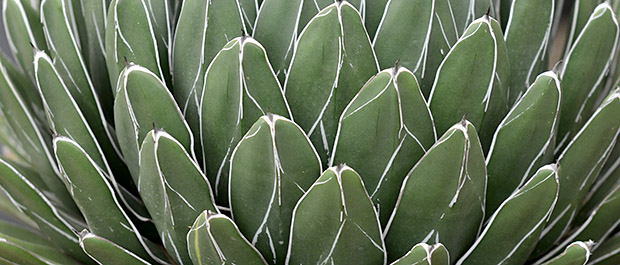
The Delphinium Society
Based: Romsey
Medal: Silver
Site Number: GPD155
A display of delphiniums in a garden setting
Discovery Gardens
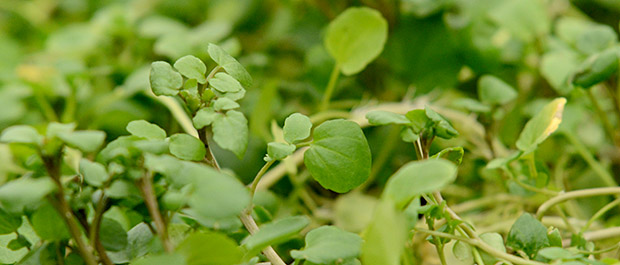
Sparsholt College has joined forces with salad brand Steve’s Leaves and the University of Southampton, where research on watercress and other leafy salad crops has been underway for the past decade. Their Mighty Greens garden will showcase a range of edible plants used in salad mixtures, together with the development of watercress, Nasturtium officinale, from traditional Victorian street snack to the cutting edge work of the University of Southampton in cancer prevention.
Award: Silver
Site Number: GPH235
The Scotts Miracle-Gro Company has created an innovative sensory garden seeking to raise awareness of the alarming levels of mental health issues facing young people, and how spending time outside can help combat this. One in ten children have a diagnosable mental health disorder. Children from Wicor Primary School Miracle-Gro’wers Academy helped grow the plants and made fairy homes.
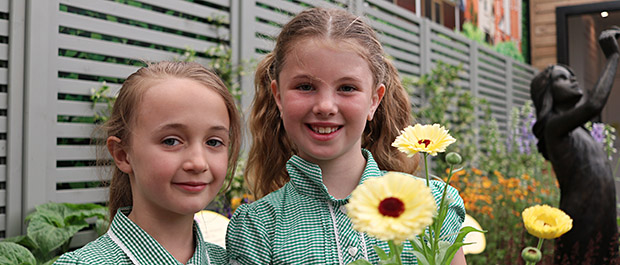
Their Coming to your Senses garden was awarded a Gold medal and Best Discovery Exhibit.
Site number: GPH240
Jardin Blanc
Jardin Blanc with Raymond Blanc is nestled in a peaceful corner of the show, and offers a variety of full hospitality options for day and evening. Andy McIndoe has created the garden.
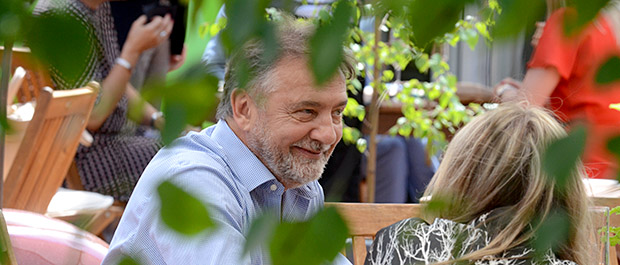
Jane Austen Rose
Jane Austen’s House Museum’s ambassador Alan Titchmarsh launched the Jane Austen rose, developed for the Museum by Harkness Roses. The rose, a bright and vibrant orange bush rose reflecting the vibrancy of Jane Austen’s characters celebrates the life of Jane Austen in her bicentenary year. The museum in Hampshire was the home of Jane Austen for the last eight years of her life and the place in which she wrote or revised all of her novels.

New Plants
Salvia ‘Crystal Blue’, from Hardy’s Cottage Garden Plants
Sometimes the best breakthroughs in plant genetics happen through traditional hybridizing, and sometimes they are happy accidents. Such was the case for Salvia ‘Crystal Blue’, which was discovered in a field of Salvia by Jerry Van Der Kolk of Michigan, USA. He knew he had something special when he saw the unique light sky-blue flower colour. Jerry brought his discovery to Walters Gardens, Inc., also of Michigan, and they agreed with Jerry’s assessment and introduced the plant for him. This plant has been very popular in North America, and now it’s available in the European market. The pastel blue colour of the flowers blends perfectly with almost any plant—and it’s just the colour you’ve been missing in your garden!
Salvia ‘Crystal Blue’ was second in the Plant of the Year competition.
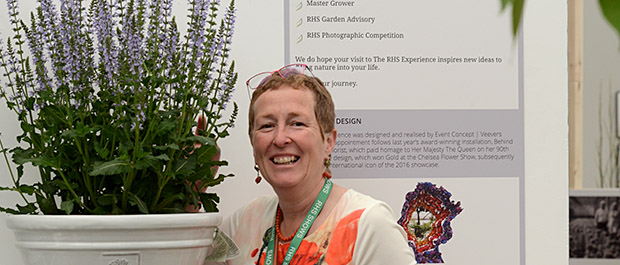
Corydalis ‘Porcelain Blue’ from Hiller Nurseries
A member of the Papaver (poppy) family, Corydalis is a delightful, delicatelooking flower. In 2005, Hillier Nurseries started testing and collecting a large range of Corydalis species. Corydalis are loved by pollinators, so it was only a matter of time before natural hybridisation occurred and soon distinct characteristics began to emerge. One particular new cultivar, Corydalis ‘Porcelain Blue’, with its beautiful blue flowers and sweet honey-like scent, stood out. ‘Porcelain Blue’ produces flowers for the majority of the year, typically only falling dormant in late winter. Its attractive, soft blue-green foliage has a finely divided fern-like appearance. It bears flowering stems of a delicate light to midblue. Despite its fragile appearance, it is surprisingly robust.
Malus × purpurea ‘Crimson Cascade’ from Hillier Nurseries
In May 2014, Dr Alan Warwick had enjoyed growing Malus × purpurea ‘Aldenhamensis’ in his garden and grew some seedlings from its fruit. One of the seedlings exhibited a weeping habit and, after growing it for 10 years, it maintained this form. This was in fact a brand new cultivar of Malus. Malus × purpurea ‘Crimson Cascade’ is proving a handsome small tree with a floral charm matching that of ornamental cherries, making it a fantastic choice, either as a standalone feature tree or incorporated into a mixed border. It is shade tolerant, although the flowers and following fruit truly come alive in the sunshine. The gracefully arching, weeping habit gives rise to purplish foliage in spring together with vibrant crimson single or semi-double flowers. In later summer to autumn, the foliage turns a bronze-green and is accompanied by attractive reddish-purple fruits. It was shortlisted for Plant of the Year.
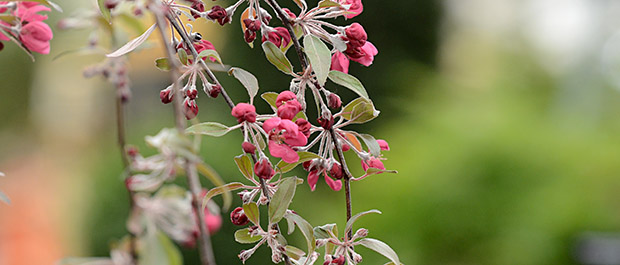
Flower Arranging
Hamble-Le-Rice Flower Club
Flower Arranging 2nd Session
Site Number: FA214
Mala Williams
Flower Arranging 2nd Session
Site Number: FA230
Trade Stands
Alitex Ltd, Petersfield
Award: 5 star
Site Number: MA334
Andy Small Photography, Cliddesden
Site Number: EA504
Gaze Burvill Ltd, Alton
Award: 5 star
Site Number: MA333
Gold Leaf Gardening Gloves, Southampton
Award: 3 star
Site Number: EA494
Maddocks Contemporary Design, Winchester
Award: 5 star
Site Number: FR63
Myburgh Designs, Liphook
Award: 4 star
Site Number: FR83
Stonecraft, Southampton
Award: 4 star
Site Number: AR528
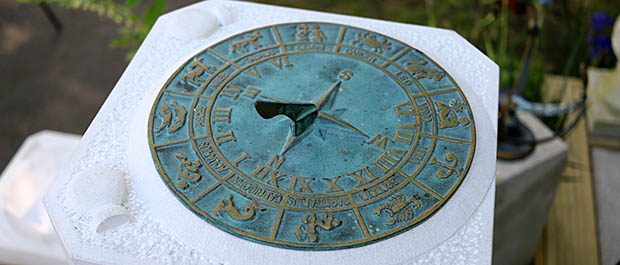
The Real Flower Company, Petersfield
Award: 5 star
Site Number: EA465
Thomas Sanderson Ltd, Waterlooville
Site Number: SR29
Griffin Glasshouses Ltd, Southampton
Award: 4 star
Site Number: RHW280